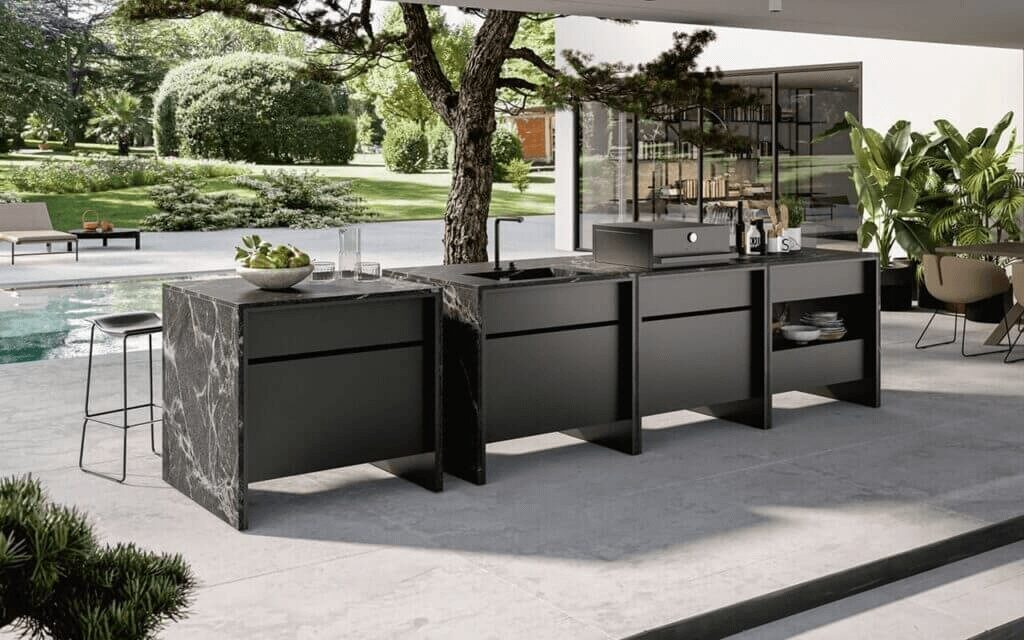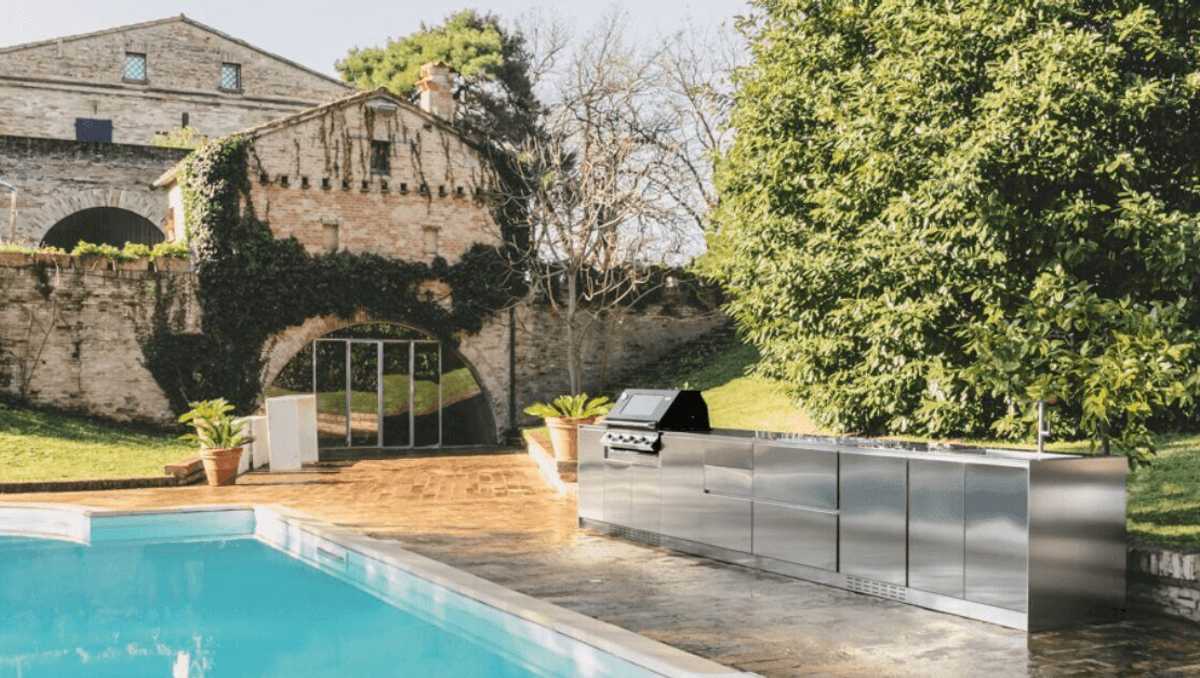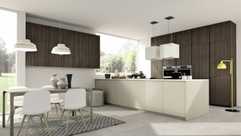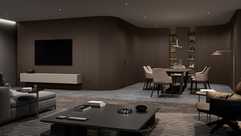There’s something about Italy that makes dinner feel like a celebration. The air stays warm well past sunset, the wine just seems to taste better outdoors, and meals are as much about the company as the food itself. Hosting an Italian-style outdoor dinner party is less about recreating a menu and more about channeling the ritmo (rhythm) of an evening that unfolds slowly, deliciously, and with intention. With the right space, the right flow, and a few design-forward touches, you can transform your Cincinnati outdoor space into a scene that wouldn’t be out of place in Tuscany, Puglia, or Lake Como.
Part I: Preparing the Space for La Cena Italiana
Set the tone with aperitivo
Before anyone even thinks about dinner, Italians know the evening starts with aperitivo. Greet your guests with something light and sparkling — Spritz, Negroni, Martini, a crisp Prosecco, or an equally zesty non-alcoholic option. Pair this with small, salty bites like bowls of olives, stacks of taralli, rustic chunks of Parmigiano, or pinzimonio (vegetables sprinkled with high-quality olive oil, salt, and pepper). The idea is to give your guests just enough to wake the appetite, never to replace the main meal.
The Italian outdoor kitchen difference
In Italy, an “outdoor kitchen” isn’t just a grill with delusions of grandeur. An Italian outdoor kitchen is a fully realized cooking space with a stovetop, oven, prep surfaces, or even a pizza oven. Here, dinner can be plated and served without stepping inside. When we design an Italian outdoor kitchen for our Cincinnati metro clients at NOLI, we go for sleek, stainless steel cabinets that stand up to the elements, sculptural countertops in natural stone, and layouts that let the cook be part of the conversation.

Eat at the table, not the island
Forget perching at an island with a plate in your lap. For one, most Italian homes don’t even have kitchen islands in the traditional sense. The heart of the evening is the tavolata: a long table dressed for the occasion, flanked by generous seating. Whether set beneath a pergola or in the open air, it’s where the entire meal — and the night — unfolds.

Part II: The Menu
Think multiple courses, thoughtfully paced
The traditional rhythm of an Italian dinner is its own kind of art form. Generally, this looks like:
- Antipasto — Literally means “before the meal” and usually consists of cured meats like prosciutto or salami, cheeses like mozzarella or pecorino, marinated vegetables, olives, or bruschetta with toppings.
- Primo — This is your first course, which typically consists of a pasta or risotto. Modern hosts sometimes skip the primo for a lighter flow, so whether or not you include it in your own dinner party is up to you. Remember: the most important part of an Italian dinner party is the flow, not doing every course by the book.
- Secondo — This is the heart of the meal. Here is where you would serve your meat, fish, or hearty vegetarian option.
- Contorni — This is where your vegetables and sides come in, and they’re served alongside your secondo. Think sautéed spinach, salads, legumes, or potatoes.
- Dolce — The sweet finale of your meal! This can be anything from panna cotta to gelato to a cannoli or seasonal specialties like pastiera at Easter or panettone and pandoro at Christmas.
Once you’ve decided on your menu, it’s time to think about how it will be served. At an Italian-style dinner party, this means the food is served family-style, not via a buffet. In Italy, large platters are passed from passare i piatti (hand to hand) and no one stands in line for their turn. The host brings each course to the table, keeping the energy intimate and communal.
Potlucks are also a big no-no when it comes to Italian-style dinner parties, so guests don’t show up with a casserole in tow. Acceptable offerings are thoughtful and seasonal: a bottle of wine or a light dessert. The rest of the food is the host’s domain.
Part III: Hosting, Italian Style
Host with intention
An Italian dinner party is never about showing off; it’s about making people feel at ease. Keep the mood relaxed and warm. Try incorporating some background music like soft Italian classics, a touch of bossa nova, or understated acoustic sets. Lighting should enhance the relaxed, dreamy vibe and encourage guests to stay late into the evening. Think lanterns on the ground, candles on the table, or string lights overhead. Here are some additional tips for the Christmas holiday.

Stay seated and stay late
Dinner isn’t a prelude to something else; it is the evening. Plates linger, conversation deepens, and a digestivo — grappa, amaro — might make its way around before midnight. In true Italian fashion, the best parties end long after anyone planned to leave, with empty glasses, full hearts, and the glow of summer still in the air.
Ready to create the perfect space to host your own outdoor dinner party? We’re here to help. Head over to our contact page or visit our Cincinnati showroom in Findlay Market to get started.


